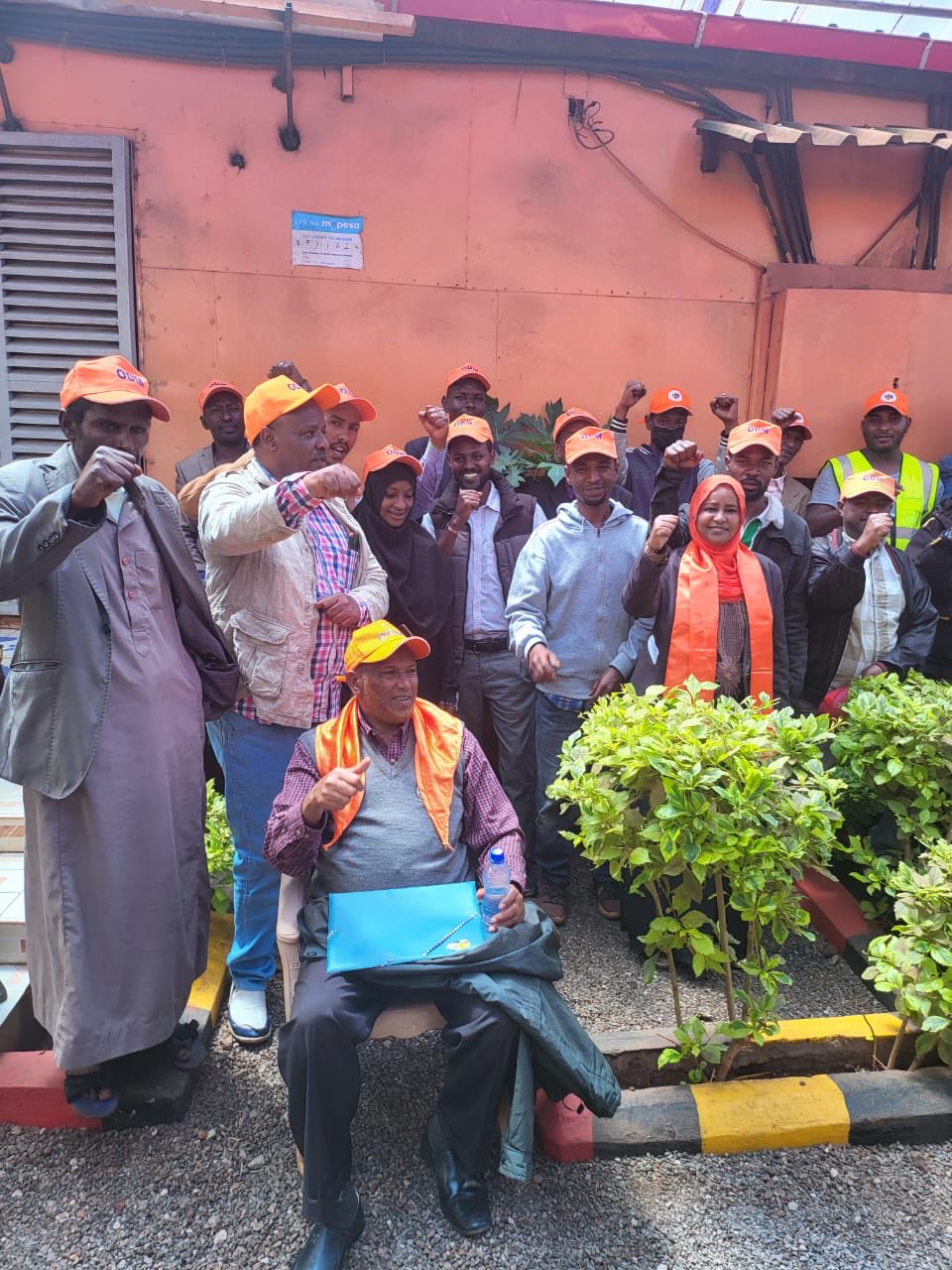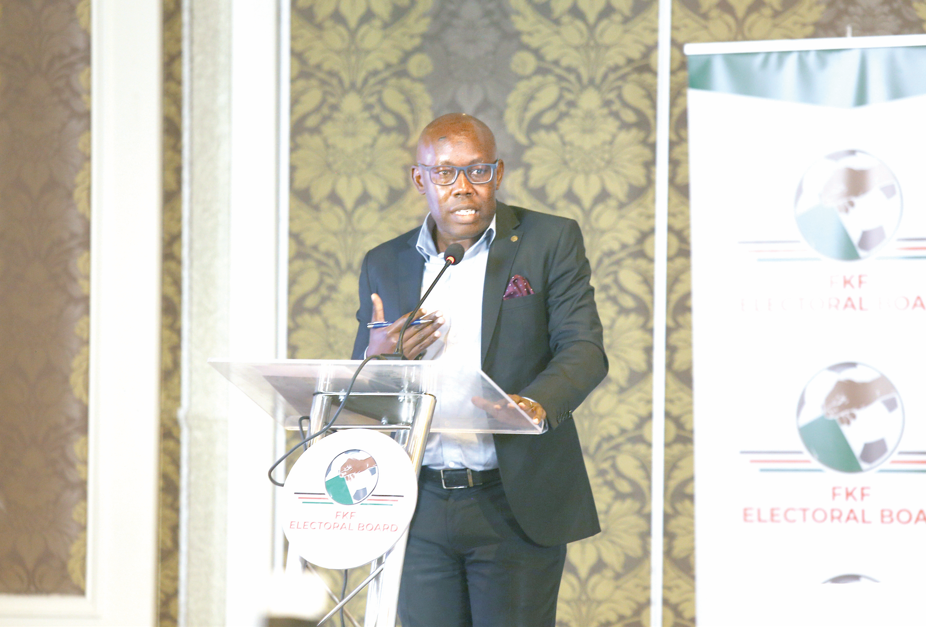Sharing formula should focus on revenue creation

Hesbon Owilla
The advent of the handshake in March 2018, our political landscape has been characterised by fairly robust debates.
It is interesting to see how individuals have come out to take positions on issues and advance fairly plausible rationales.
The latest big issue in the public domain has been different interests in the third generation formula for sharing of Sh316.5 billion amongst the 47 counties.
Interestingly, critics seem to agree that the impasse is predicated on two critical issues: on one hand, the expenditure needs of a county to deliver services to the citizenry, popularly translated as one man, one vote, one shilling mantra.
On the other hand and most importantly, the development needs, which appear to be the antithesis of the same mantra and advocate for formula that is a lot more alive to the land mass.
These two issues speak not only to the availability of key economic pillars such as healthcare, education and capital infrastructure, but also the attendant consumers, or what you would term as the number of citizens served by these socioeconomic amenities.
Therefore, arguments by critics, who have faulted the third generation formula as favouring what some have called privileged counties that have benefited from past regimes and politics of belonging, needs to be put in perspective.
You see, when counties such as Migori or Turkana do not have as many health facilities as Nairobi, which has a dense population and a higher number of people seeking and accessing healthcare, we shouldn’t just deny Nairobi resources because the former do not have hospitals or other socioeconomic amenities.
Granted, it is easy to fault the formula for overly basing allocation of resources to developed status of a county, which by and large, speaks to an expanding population and a strain on resources.
But doing so would be running away from the important need to situate the issue broadly and ask ourselves whether the development needs of certain counties should disadvantage the service delivery demand of the citizens of other counties.
In essence, the formula sould not disadvantage any county. And from the court of public opinion, any reduction in allocation of resources would be seen as disadvantaging affected counties.
The trouble here is that public perception has political consequences and that’s the crux.
But wait a minute. These resources are collected by the national government and without even speaking of what happens to county government generated resources, we probably need to ask a few questions.
Which counties should we focus on to attract more resources? To what extent should we prioritise outpost parts of the country in our endeavour to attract critical factors of development such as foreign direct investments or boost the agricultural sector to enhance production that can tap into the grand infrastructure such as Standard Gauge Railway?
And what needs to be done to build solid economic pillars? And in which counties, because there lies an opportunity to boost sectors such as manufacturing and to realise domino effect of increased employment and a broader tax base that would add to the national government revenue, which will then be shared.
We probably need to elevate this discussion beyond the amount to be shared by the 47 counties, to how that amount can be increased so that we have the privilege of revising future formulas to reflect both expenditure and development needs without reducing allocations to any county. — The writer is a research associate at the Aga Khan University’s Graduate School of Media and Communications











